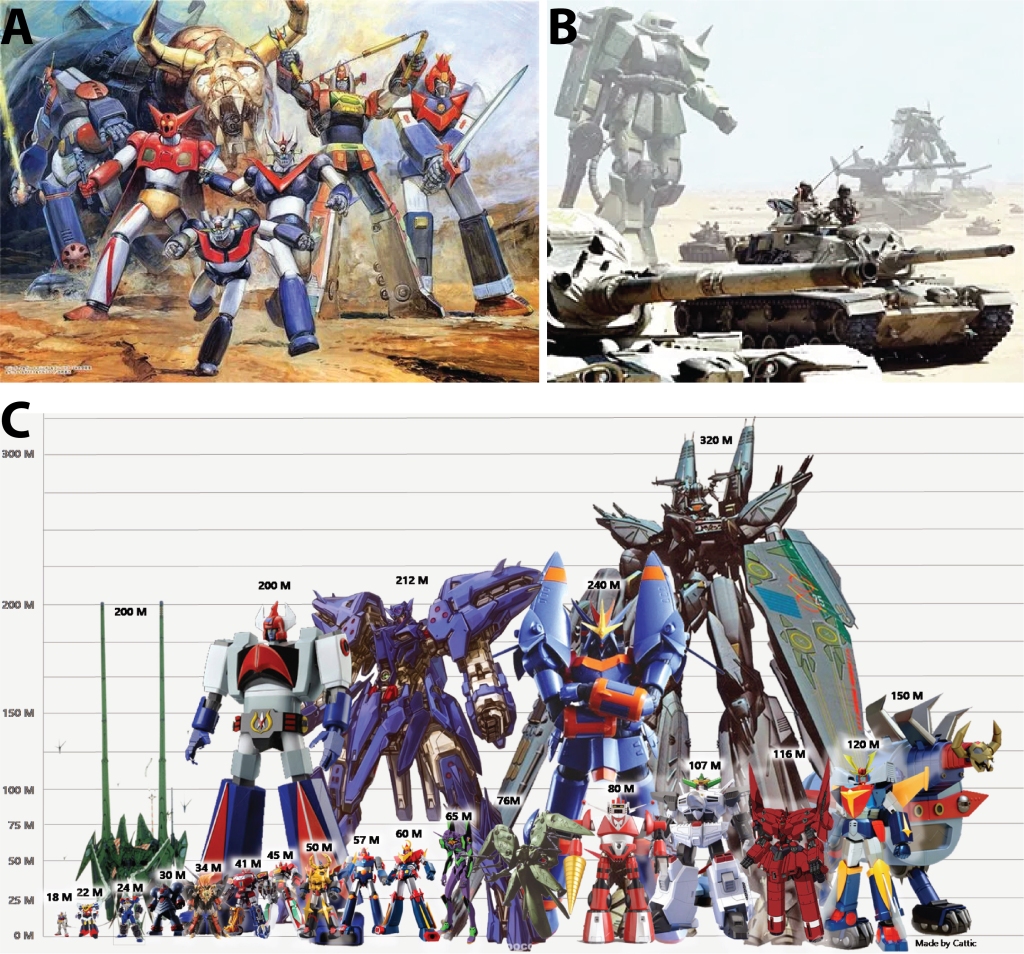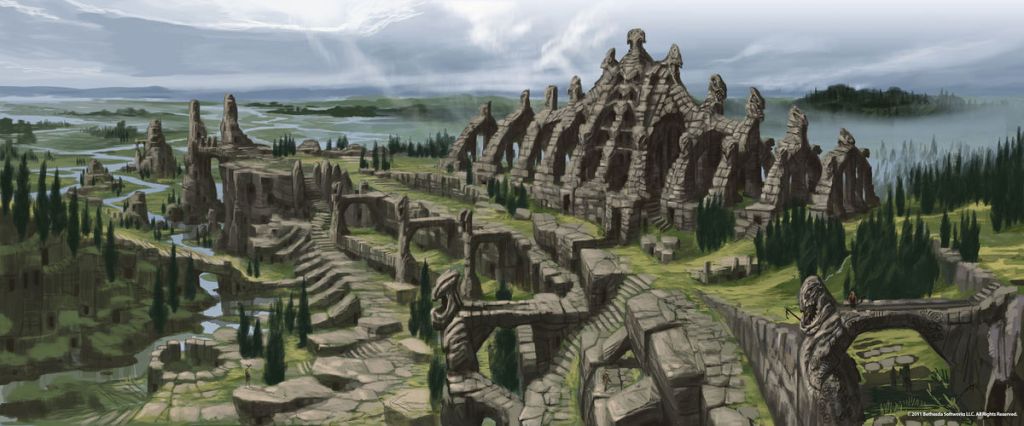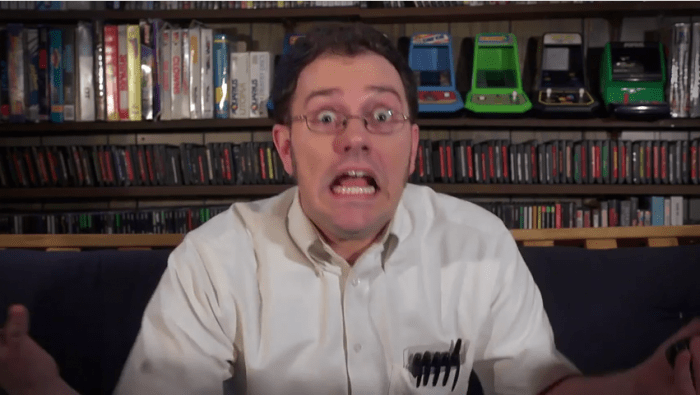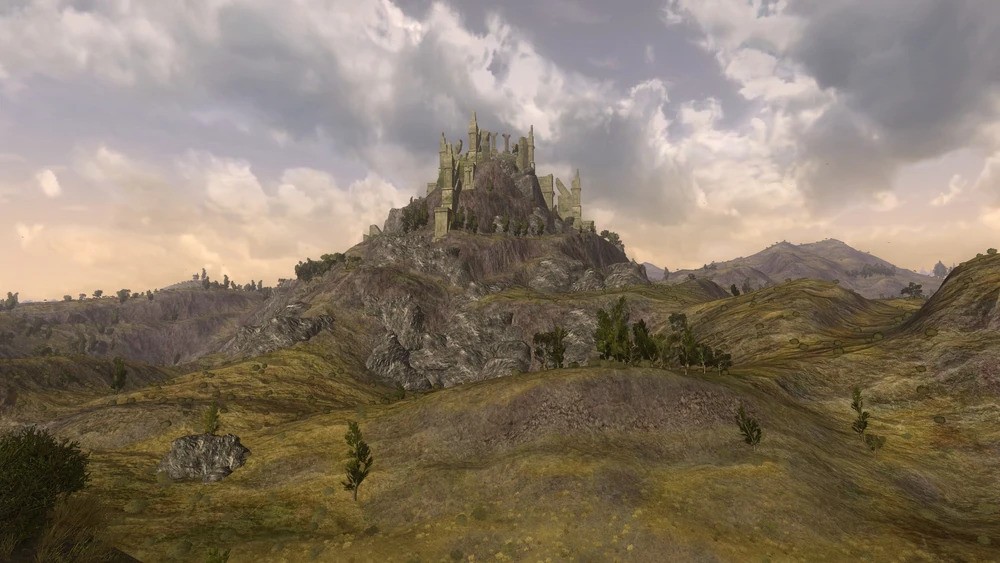Interview with Javier Ramello
https://doi.org/10.5281/zenodo.8226273
Endling – Extinction is Forever is an upcoming multi-platform game developed by Herobeat Studios and published by HandyGames. As its name implies[1], the game tells the story of the last known survivors of a species. This a very timely game, as it touches upon a topic that is the forefront of current environmental concerns: the human-caused Holocene extinction.[2] We interviewed Javier Ramello, co-founder of Herobeat Studios, to learn more about Endling. So, let us tell you what we discovered.
In Endling, players take control of the very last adult red fox on Earth. Red foxes are one of the animal species who can successfully live in urban areas. So, if even foxes are going extinct in the world of Endling, we can only imagine how grim things might be. What is the cause of this situation in the game and what is the extent of the damage on the planet?
During the conception phase of Endling, we researched quite a bit and gathered a lot of predictions based on scientific facts about how human society and our own planet may be if we keep doing what we do right now. With all that data, we created a word cloud and some of the biggest words were: Climate change, droughts, floods, garbage, polluted groundwater, electronic wastes, mass extinction, unemployment, crime, violence, environmental degradation, collapsing capitalism, poverty, mass protests, global warming, climate refugees, migrants.
You are right; indeed, things look very grim. We tried hard to represent all this in the game, although most of these topics are not part of the game plot, at least they are in the background for any player to discover them.
Being the last of your species is a great responsibility, but one that doesn’t come with a great power. What is the players’ ultimate goal in Endling and what abilities do they have to achieve it?
For the sake of authenticity and immersion, we didn’t even internally give a name to the vixen. She is “the mother fox” for us. Players will play as a mother fox, and she can do only things that a real fox would do. She won’t learn human skills like pulling levers or solving complex puzzles. OK, perhaps she is a very smart fox, but a fox still. The only motivation for her, and hence for the player, is to find food and save her litter.
The three cubs are all distinct from one another, with different fur colors. We suppose the reason for that choice is to facilitate recognition by the players, but the different fur colors imply different genetics. So how would you prefer to explain it: is any the cubs adopted or are they from different fathers?[3]
This was quite a discussion between the art team and the game vision department. We wanted the player to create a bond with the cubs and love them. It was very important because we are delivering a message and we need players to get emotional. They are your lives, and because of that, their survival is vital from a gameplay perspective, but at the same time they have to be important for you as well, and to reinforce that players need to physically and behaviorally recognize them. Whether they belong to different fathers or not is up to the player’s imagination. It’s okay for us as long as it’s feasible and doesn’t break the immersion.
Going back to our first question, if even foxes are threatened with extinction, that means a large chunk of biodiversity has already gone extinct in Endling. What are some of the other animal species that the players can expect to find? Are all of them urban species like the fox? And are them friends, foes or prey?[4]
Since the player will incarnate a fox, and foxes can’t read, we are not telling explicitly the reason why there are a few, just a few non-urban living animals other than the vixen and her cubs. After all, she wouldn’t understand the world’s situation. However, some observing players may connect the dots that we placed using environmental storytelling. What I can anticipate is that if you explore a bit and are willing to take the risk and visit the garden of horrors, you may find industrial livestock in large numbers.
Would you mind sharing a bit of the story behind Endling? What inspired you to create this game? Are why foxes?
We have been developing video games for years, but felt that we were missing the opportunity to deliver a meaningful message and use this medium to reach young audiences that, just like us, are worried about the climate crisis and how next generations will have to deal with the consequences of the present. As you mentioned before, foxes are very adaptable, and that was one of the reasons to use an animal which can be present everywhere, so Endling’s story is global. On the other hand, foxes are both predators and prey, so this decision was enriching for the gameplay. And last but not least, foxes are beautiful animals! If we don’t feel sorry about climate refugees starving to death, maybe we will feel emotional about the chance of losing a fox cub.
The gameplay videos show natural movement and behaviors of the foxes. How was the process to achieve that? What kind of reference material did you use?
Let’s say that for the last three years, our social network feed was all about foxes. We have read a lot and watched any wildlife documentary that we found in order to get the pieces we needed to develop an interesting and authentic experience.
The same question goes for the environments in Endling. Are they based on real-world locations and the expected outcomes climate change and other human impacts will have on them?
At no time we imply that the action occurs in a specific place. It is a concern on a global scale. However, we tried hard to show how humans may be in this near and absolutely not sci-fi future if we don’t change our habits.
Does the studio currently have any kind of partnership with nature (or fox) conservation NGOs and similar institutions? Or do you plan to do so in the future?
That’s something that we tried to achieve several times. We got in touch with many NGOs and talked about possible ways to cross-promote our actions in order to reach wider audiences, but we are a very small studio, a grain of sand in the sea and not many NGOs are used to working with video game developers. Perhaps in our next title.
Many games are now being used in classrooms and other centers for education, such as zoos and museums. Do you think Endling could become one of those?
I recall the movie Matrix being used as a philosophy example back in school. It was a good way to keep us engaged and interested in the lesson. Way more enjoyable than a standard philosophy documentary. We are presenting a feasible situation based on scientific predictions and then we let the players reflect upon it, so I don’t see why it couldn’t.
Do you hope Endling can inspire people to take better care of our planet and the fauna? And do you have any takeaway message you would like the players to get from Endling?
We are aware that many players will play Endling just for fun, and that’s absolutely okay. At the end of the day, it’s an entertainment product. I would feel successful if at least some of them have an introspection moment after finishing the game and think if there is something we can do to avoid that dystopian future becoming real.
REFERENCES
Baker, P.J.; Funk, S.M.; Bruford, M.W.; Harris, S. (2004) Polygynandry in a red fox population: implications for the evolution of group living in canids? Behavioral Ecology 15: 766–778.
Ceballos, G. & Ehrlich, P.R. (2018) The misunderstood sixth mass extinction. Science 360: 1080–1081.
Gil-Fernández, M.; Harcourt, R.; Newsome, T.; Towerton, A.; Carthey, A. (2020) Adaptations of the red fox (Vulpes vulpes) to urban environments in Sydney, Australia. Journal of Urban Ecology 6: juaa009.
Jørgensen, D. (2017) Endling, the power of the last in an extinction-prone world. Environmental Philosophy 14: 119–138.
About the Team
Herobeat Studios is an independent video game studio based in Barcelona, Spain. The team was originally composed of former colleagues with a wide range of experience in video game development gathered in companies such as Atari, King, Ubisoft, and Electronic Arts. Despite the fact that we grew up in different countries, we shared a deep concern about environmental issues and animal welfare. This inspired us to create something meaningful that explores these issues. From the very beginning we attracted the attention of very talented people. Developers who believed in our project and joined us in this adventure, including our publishing partner HandyGames. This is how Herobeat Studios and the idea of Endling started taking shape. Nowadays we are over twenty colleagues, excited about the release of our first title, and excited as well about the future to come.
[1] The word ‘endling’ was first coined in 1996 to designate the last person in a lineage or family, but it was never adopted in that sense. Instead, it was transformed to mean the last known individual of a species (Jørgensen, 2017). Therefore, when the endling dies the species becomes extinct.
[2] Also known as the “sixth mass extinction” or “Anthropocene extinction”. Due to the impact humankind has on the environment, the current rate of extinction is 100 times larger than it should be (Ceballos & Ehrlich, 2018).
[3] Studies with wild foxes have shown that multiple paternity occurred in over one third of litters (e.g., Baker et al., 2004).
[4] For instance, red foxes are known to attack domestic cats and, of course, chicken, but in turn they can be killed by dogs (Gil-Fernández et al., 2020).










One response to “Facing extinction in Endling”
[…] crisis and how next generations will have to deal with the consequences of the present.” —Javier Ramello, co-founder of Herobeat StudiosImage via HeroBeat […]
LikeLike